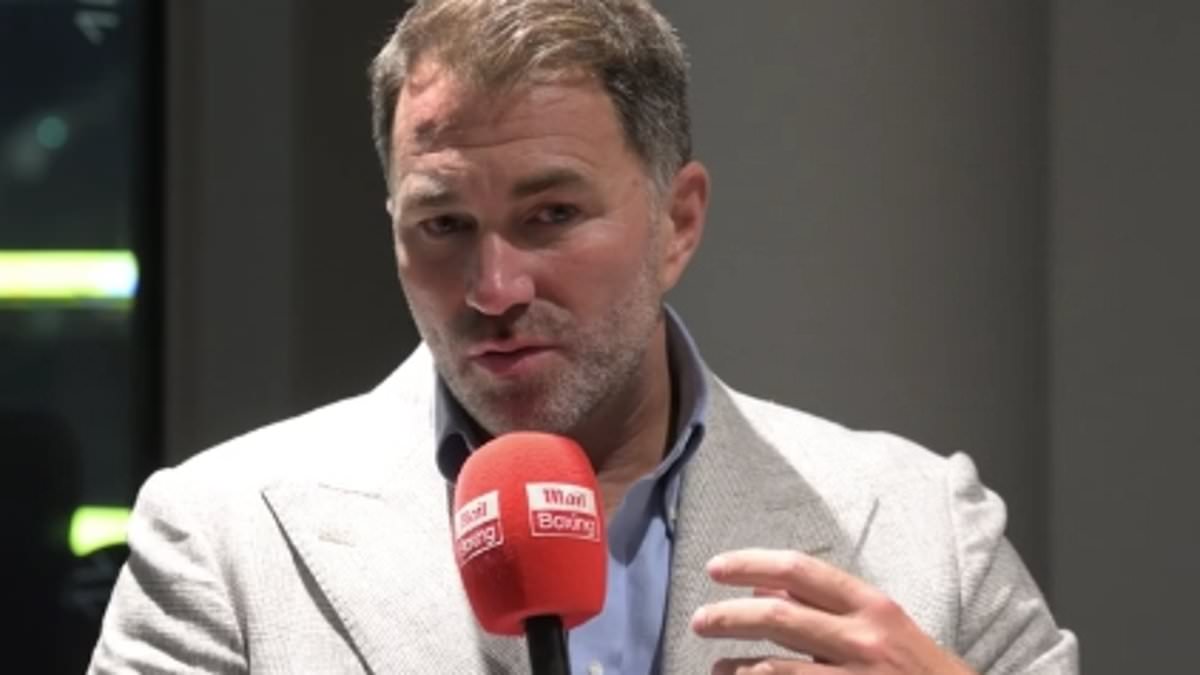By Bryan Robinson,Contributor,Ph.D
Copyright forbes

“The Butterfly Hug” is a science-backed, self-calming technique that reduces stress and offsets burnout.
In the era of massive job layoffs, a fractured economy and political uncertainty when things feel out of control, it’s natural that our stress levels rise. Mindfulness activities, bringing your awareness to what’s happening in the present moment, cultivate calm, clarity and confidence and lay the foundation for greater job engagement and productivity. One of the most effective mindfulness, techniques is a science-backed, self-calming tool called “the butterfly hug.”
What Is ‘The Butterfly Hug’?
Harvard scientists have found that the human mind wanders 47% of the time and that when you stray, you pay. When your mind wanders, you’re more stressed out and unhappy than when you stay in the here and now. The researchers found that people are happier no matter what they’re doing—even working overtime, vacuuming the house or sitting in traffic—if they are focused on the activity instead of thinking about something else.
A growing body of science attests to the link between mindfulness and stress reduction, well-being and greater job productivity and career success. A SWNS research study, conducted by Onepoll shows that for many Americans, mindfulness practices are having a positive impact on their mental health.
Mindfulness trains your mind to do what it doesn’t do instinctively: to come back to the present, enjoy the moment and appreciate your life instead of focusing on worries of the future (“What if I get laid off?”) or regrets of the past (“I wish I had gotten the promotion”). With practice, mindfulness gets you to a state where your mind is relaxed and alert at the same time.
One of the simplest and most effective–and I must add amazing–mindfulness tools is called “the butterfly hug,” created in 1998 by Lucina Artigas after Hurricane Pauline in Acapulco, Mexico to help survivors deal with post traumatic stress. Although originally used for trauma, it is now used to mitigate stress and prevent burnout.
MORE FOR YOU
Here’s a modification of the original technique that you can use to offset stress when you’re overwhelmed or overloaded at work, before a challenging task or as part of a daily routine. Practicing this simple self-soothing exercise at your desk, in your car, on your sofa or in bed can enhance your health, well-being and job performance.
1. Cross your arms over your chest and rest your fingertips on your shoulders.
2. Gently tap each hand on the opposite arm in a left-right-left rhythm, mimicking the motion of a butterfly’s wings for 20 seconds.
3. Next, think of a small worry, problem or concern that has been bugging you (like a friend hasn’t returned your text, your car needs maintenance or you forgot a dental appointment) but not a major emotional issue.
4. After you choose, cross your arms over your chest and flap your hands against your shoulders (repeating steps 1 and 2).
5. Next, turn your head to the right and find something to focus on and keep flapping. It doesn’t matter what you focus on. It could be a wall, painting, carpet or some aspect of nature. As you focus on the object pay attention to it in detail for about 20 seconds. Notice the shape, size, colors and see it as vividly in your mind’s eye as you can.
6. Now turn to your left and focus your attention on something else for another 20 seconds. Take in as much of the detail of the object as you can. Keep flapping your butterfly wings as you continue the exercise.
7. Now turn back to your right again and focus on another object and pay attention to all of the details: shape, colors, size and so forth.
8. Finally, turn again to your left again and repeat your focus on another object for about 20 seconds.
After you finish the exercise, recall the worry or concern. At first, you might have difficulty remembering the original concern, or it might take you some time to remember it. Once you do recall, chances are the original concern will have lost much of its impact, and you notice you feel calmer. Why?
Why ‘The Butterfly Hug’ Works
The rhythmic movements stimulate both sides of your brain to help you calm down and stay grounded. The bilateral stimulation regulates your nervous system, literally changing the brain from worry to calm in a short amount of time.
Bilateral stimulation puts the brakes on your fight-or-flight or stress response (your sympathetic nervous system) and activates your rest-and-digest response (your parasympathetic nervous system). Once the activity turns off the red alert, you have more access to calm, clarity and confidence.
Scientists have shown that mindfulness is an antidote to worry, fear and anxiety, which can compromise the immune system and prevent you from being your best self. This nonjudgmental awareness of what’s happening in the present moment strengthens your natural defenses, calms the nervous system and provides clear-mindedness so you can perform at your best.
Recent research validates “the butterfly hug” as an effective science-backed tool. The authors of the study used functional neuroimaging (fMRI ) to observe what happens inside the brain when trauma cancer survivors are administered “the butterfly hug” as part of EMDR therapy.
Before treatment the researchers asked participants to recall the most distressing moments of their cancer experience. Their brain scans revealed hyperactivation in brain regions deeply implicated in traumatic stress, one of which is the amygdala. Plus the medial prefrontal cortex—the part of the brain responsible for emotional regulation—showed hypo-responsiveness, a pattern coexisting with post traumatic stress.
Next, the researchers conducted brain scans during a therapy session that included “the butterfly hug.” The results showed a decrease of activity in the amygdala and a normalization of overall brain function after the intervention. According to the researchers, there were notable changes in the participants’ brains before and after performing “the butterfly hug” that facilitated emotional stabilization.
A Final Takeaway On ‘The Butterfly Hug’
In 2021, Prince Harry appeared on The Me You Can’t See, the Apple TV+ mental health series using “the butterfly hug,” sparking widespread curiosity and trending searches of the technique across social media.
After trying the exercise, you, too, can see whether your mind is still, if you feel relaxed and rested or have a calmer approach to stress. In the long term, you know it’s working when you’re less reactive to job stressors, unlikely to worry and more grounded in the here and now, instead of mentally stuck in the past or future.
In today’s uncertain times of mass shootings, natural disasters and financial strain that cause you to feel overwhelmed, anxious or frustrated or when things don’t turn out the way you hoped, “the butterfly hug” can inhibit your automatic negative reactions, keeping your nervous system stabilized. All it requires is your willingness to cross your arms and begin flapping your wings—a rhythm as old as the human heartbeat.
Editorial StandardsReprints & Permissions



